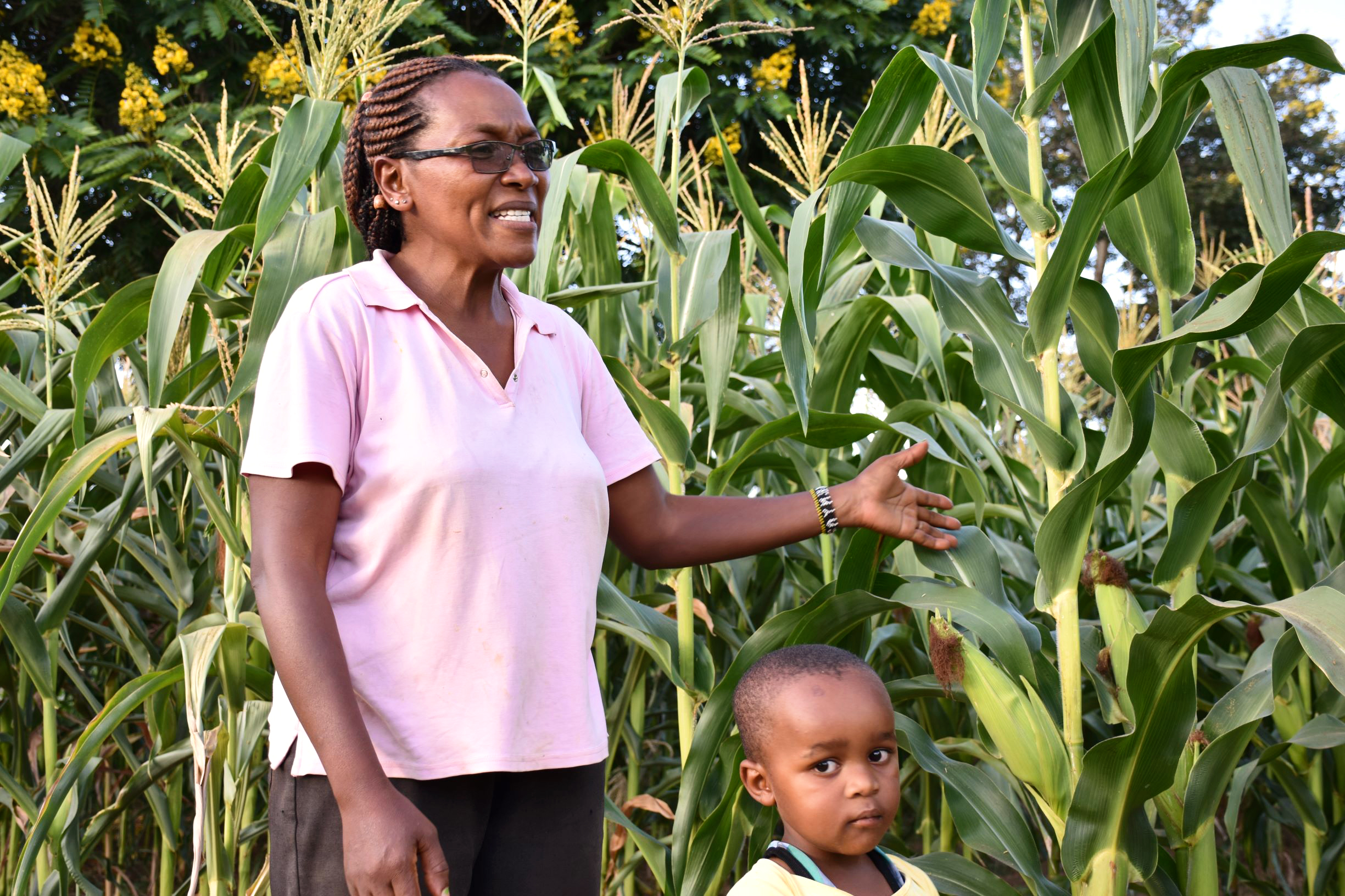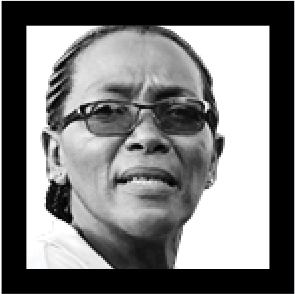How hybrid maize helps farmers get through dry spells


Doris Monica Muia
Maize farmer
Machakos, Kenya
This story is one of a series about how hidden innovations produce the foods we eat at the prices we pay. It has been edited for length and clarity. As told to Krithika Varagur.
I’ve been a farmer for six years, mainly of maize, but also coffee and sweet potatoes. Two years ago, I started using a hybrid maize seed called SAWA, which was developed specifically for drought-like conditions by scientists from the International Maize and Wheat Improvement Center (CIMMYT), based in Mexico. It was first donated to me as a sample by Dryland Seed Limited, a local seed company, and now it’s very popular, so a lot of us here buy it ourselves. This hybrid is better than the traditional varieties, no doubt; it’s a better seed and yields a bigger crop. The taste is different too—it’s a little sweeter. We eat a lot of maize in Kenya; it’s our staple food, especially as ugali, a maize flour porridge.
We have two harvest seasons. October to December is the main one, and the minor one is February to April. If you come here in July or August, it is a very bad place to be. It’s so hot. With this hybrid, even when we have small rains, the maize is very good. And they don’t get so affected by the sun. The new variety has fewer diseases, including northern corn leaf blight, gray leaf spot, maize streak virus, and maize lethal necrosis, a viral disease that was a big problem for us when it broke out in 2011.
It’s early October and I am clearing the farm right now, and putting in manure from the cows. I am standing by, buying more seeds, and waiting for the rain. The selling price the government sets for maize is still not very good, unfortunately. But I still have more crops than some of my neighbors, who sometimes recycle seeds and don’t have very much at all. With ordinary seeds, you have to take much more care of them for much less product. And none of us can really afford other inputs like fertilizer, so any other ways to make our land more productive is good.
Deep Dive
Humans and technology
Building a more reliable supply chain
Rapidly advancing technologies are building the modern supply chain, making transparent, collaborative, and data-driven systems a reality.
Building a data-driven health-care ecosystem
Harnessing data to improve the equity, affordability, and quality of the health care system.
Let’s not make the same mistakes with AI that we made with social media
Social media’s unregulated evolution over the past decade holds a lot of lessons that apply directly to AI companies and technologies.
Stay connected
Get the latest updates from
MIT Technology Review
Discover special offers, top stories, upcoming events, and more.